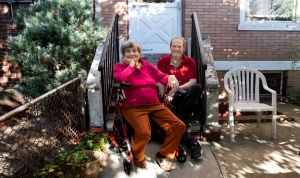
Older Adults are Drawn to New Housing Arrangements
New York Times columnist Paula Span shed light recently on alterative housing arrangements that older adults are pursuing in an effort to maintain independence while reducing isolation. Those alternatives include shared housing, cohousing, and village organizations.
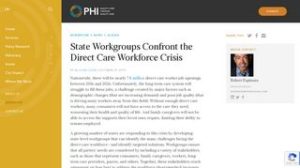
State Workgroups Confront the Direct Care Workforce Crisis
A growing number of states are responding to the direct care workforce crisis by developing state-level workgroups to identify workforce challenges and recommend solutions to meet those challenges. Workgroup members typically represent a variety of stakeholders, including consumers, family caregivers, workers, long-term care providers, and payers, according to a recent article published by PHI.

Honoring Caregivers at The Rose Parade
The parade float, entitled, “Hope’s Heroes: Honoring Caregivers of All Generations,” is an imaginative take on “my home is my castle,” with caregivers serving as the protectors of one’s vision of home, according to the foundation. Eight caregivers representing all generations have been selected to ride the float.

A Peace Corps of Caregivers
The Administration for Community Living (ACL), part of the U.S. Department of Health and Human Services, is taking steps to establish a National Volunteer Care Corps. The Volunteer Care Corps—a kind of domestic Peace Corps for caregiving—would mobilize volunteers to help older adults across the nation age in place while giving family caregivers a break.
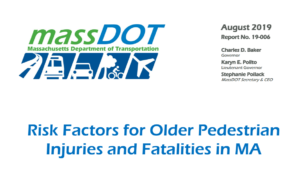
Making Streets Safer For Older Pedestrians
A new report from researchers at the UMass Boston’s Gerontology Institute identifies the risks facing older pedestrians in Massachusetts and suggests strategies for improving their safety. Elizabeth Dugan, a UMass Boston gerontology associate professor and a fellow in the LeadingAge LTSS Center @UMass Boston, led the research team. The team also included UMass Boston gerontology professor Nina Silverstein, another LTSS Center fellow.

Older people are ignored and distorted in ageist marketing
More than a third of the United States population is older than 50, but the group turns up in only 15% of media images, according to a recent report from AARP. The AARP research, reported in The New York Times, was based on a random sample of 1,116 images published or posted by popular brands and groups.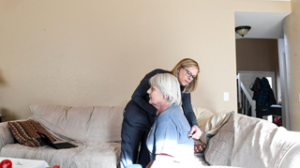
What should social insurance for long-term care look like?
Howard Gleckman, senior fellow at the Urban Institute, describes the “3 basic flavors” of public long-term care insurance in a recent column for Forbes. Those social insurance programs could cover front-end risk, catastrophic risk, or both.
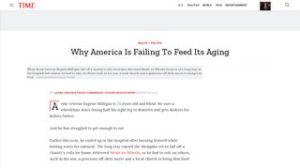
Why America Is Failing To Feed Its Aging
Nearly 8% of Americans 60 and older—or 5.5 million older adults—were “food insecure” in 2017. That number has more than doubled since 2001 and is only expected to grow as America grow older, according to a recent article by Laura Ungar and Trudy Lieberman of Kaiser Health News. The article, published by Time magazine, documents how government relief—including the Older Americans Act (OAA)—is falling short of fulfilling the growing need.
